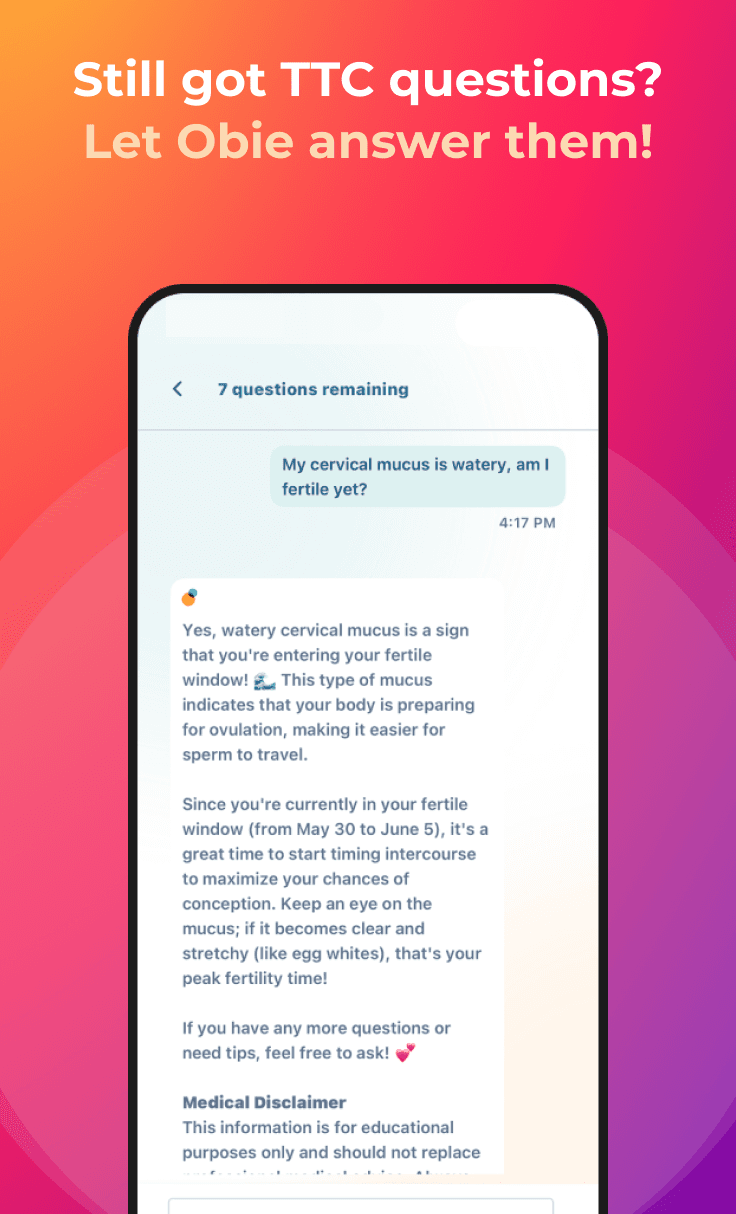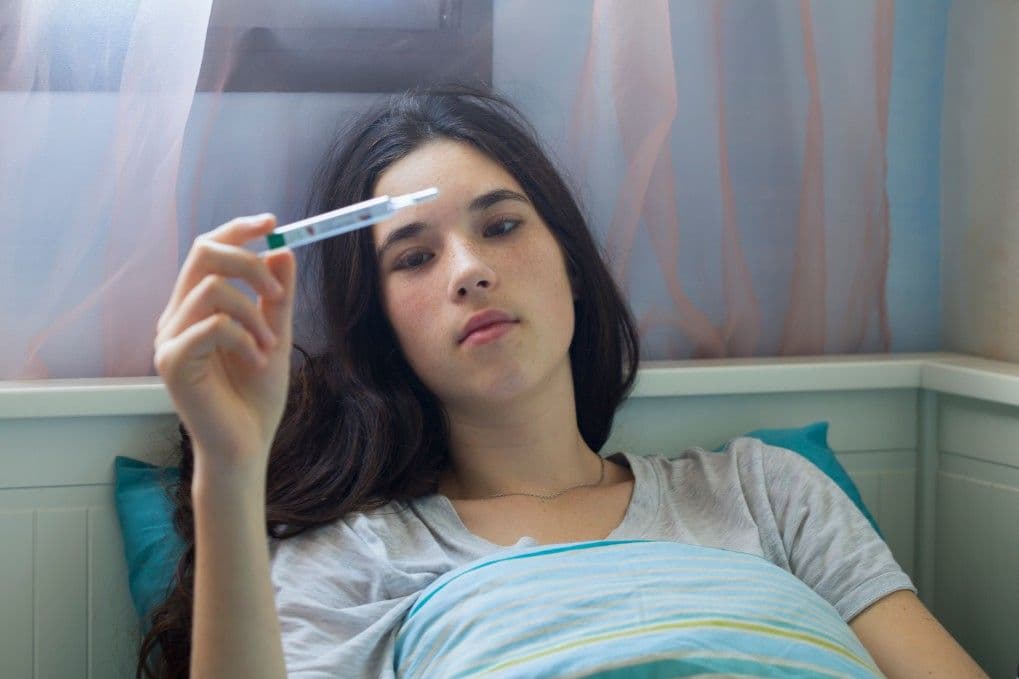New! Fertile Window Coverage Calculator
Getting Pregnant
Obie Editorial Team

Your "fertile window" consists of the 6 fertile days of your menstrual cycle which are the days when intercourse can result in pregnancy: the ovulation day and the 5 days before. Recent data show that ovulation could happen on several days of your cycle, even with a regular period.
There are only 5-6 days in a menstrual cycle when intercourse can result in pregnancy, but these 5-6 days can be different from one to the next month. This time period is known as the “fertile window”. The fertile window comprises the five days before ovulation and the day of ovulation itself. We are calculating the "fertile window coverage", the range of days, not just the 5-6 days of fertility PLUS the % chance to help you get pregnant. What most couples don't realize is that just as the day of ovulation varies from cycle to cycle so does the timing of these six fertile days. There are recently more reliable methods to predict ovulation, and therefore predicting the fertile window is has become more reliable.








